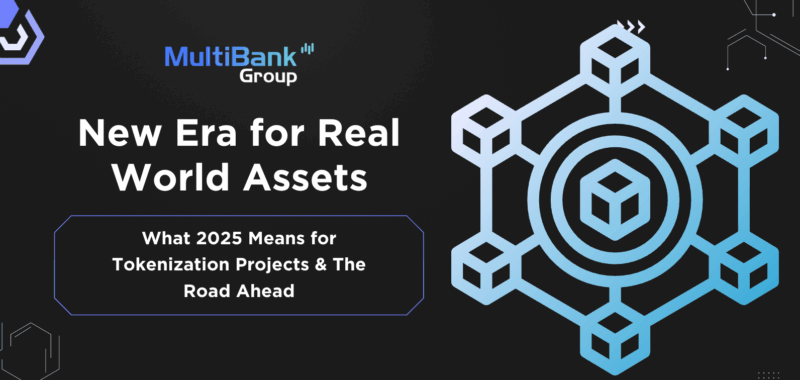For years, real-world assets (RWAs) such as real estate, gold, and private equity were caught in outdated systems. They were difficult to trade, sluggish to process, and overburdened with paperwork. While the notion of placing these assets on the blockchain sounded terrific, the reality did not match the excitement.
Most early RWA efforts were unable to overcome strict rules or establish sufficient confidence with huge organizations. Old restrictions enacted decades ago make it difficult to tokenize assets in a compliant manner. Many platforms made ambitious promises, but few really delivered anything beyond pilot projects or small-scale tests.
That is finally changing. By 2025, RWA tokenization will be a reality rather than a hypothesis. Large institutions, government authorities, and blockchain platforms are starting to collaborate. Real-world assets are now being moved into the blockchain through regulated, high-value transactions across continents, from North America to the Middle East.
Tokenization Is Growing Up
Several significant projects are no longer chasing hype; they are executing. In Canada, T-RIZE is proceeding with the tokenization of a $300 million home project in Quebec. This is not about ownership pieces with questionable backing. The securities are issued using the ERC-3643 standard and traded on regulated platforms such as Texture Capital’s ATS, providing a familiar structure to blockchain rails.
In Dubai, a different scale is being played out. MultiBank Group, MAG, and Mavryk are collaborating to tokenize $3 billion in luxury real estate, supported by MultiBank’s multi-jurisdictional regulatory footprint. These aren’t simply digital experiments; they’re adding token layers to already-regulated financial ecosystems.
On the infrastructure front, Quai Network is making progress by allowing money-market instruments and Treasury-backed assets to exist on-chain through Frictionless Markets. Their consensus approach, Proof-of-Entropy Minima, was designed to handle high throughput, potentially more than 50,000 transactions per second, while maintaining decentralization.
Then there’s Plume Network, which is designed specifically to handle tokenized commodities, gold, and other ESG assets. Their work with Mattereum is centered on securing enforceable ownership via asset passports, going beyond the speculative phase and into legally solid deployments. It is a Layer-1 solution that focuses less on marketing and more on silent, regulatory-compliant implementation.
Securitize, one of the early players in this market, continues to demonstrate what long-term infrastructure looks like. After onboarding asset managers such as BlackRock, it is now a full-stack broker-dealer and ATS.
Their collaboration in developing the BUIDL fund, a tokenized form of a money market fund, exemplifies how traditional finance is integrating with blockchain via reliable, legal rails.
Where MultiBank Group Stands Out
However, despite all of these changes, MultiBank Group’s (MBG) approach stands out, both in size and structure.
MBG has partnered with developer MAG to execute the biggest known RWA transaction to date: a $3 billion tokenization of ultra-luxury homes in Dubai.
It’s not just about size. MBG’s trading arm already has a VARA license and operates in 17 regulated marketplaces, putting it among the most internationally linked firms in this field. Tokenizing assets inside an existing framework that understands derivatives, compliance, and financial markets offers MBG a major advantage.
Rather than creating anything from scratch, MBG is adding tokenization to an existing institutional structure. This combination of traditional finance and blockchain innovation facilitates adoption, particularly for other institutions seeking familiar, licensed settings to enter digital asset markets.
The Road Ahead for 2025
Securitize, a long-standing leader in digital securities, is another excellent example. It is backed by organizations such as BlackRock and offers asset managers the tools they need to shift private equity funds on-chain while remaining SEC-compliant and operating through regulated broker-dealer platforms.
Together, these systems demonstrate that RWA tokenization has progressed beyond proof-of-concept. The current difficulty is one of scale: demonstrating that tokenization works across numerous countries, asset kinds, and investor classes.
2024 demonstrated that tokenization can obey the rules. The ability to scale it into long-term financial infrastructure will be determined in 2025.
The winners, whether in real estate, commodities, or institutional cash products, will be those that can maintain compliance, develop confidence, and produce results.
Disclaimer: This article is provided for informational purposes only. It is not offered or intended to be used as legal, tax, investment, financial, or other advice.

